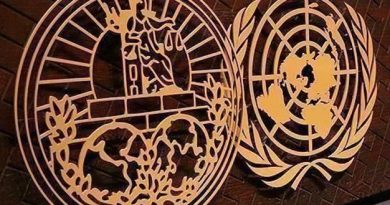Le consentement du défendeur aux demandes reconventionnelles dans le contentieux international
Laura Prat soutenait avec succès son mémoire en juin dernier avant d’obtenir un financement pour réaliser une thèse dirigée par
Bienvenus sur le blog des doctorants de l’Institut des Hautes Etudes Internationales créé le 1er octobre 2020 ! Il s’agit d’un espace de divertissement sur le thème du droit international nous permettant d’écrire sur des sujets en relation avec la matière grâce à une approche plus personnelle et originale que dans celle de nos écrits académiques.
N’hésitez pas à vous perdre parmi les billets de nos divers contributeurs qui ne manqueront pas d’attiser votre curiosité.
Si vous souhaitez contribuer, veuillez nous adresser un courriel à l’adresse suivante : contact@recre-ihei.fr

Laura Prat soutenait avec succès son mémoire en juin dernier avant d’obtenir un financement pour réaliser une thèse dirigée par

« La voie ayant été ouverte par Clémence et sa note relative à l’annonce d’une armée française de l’air et de
